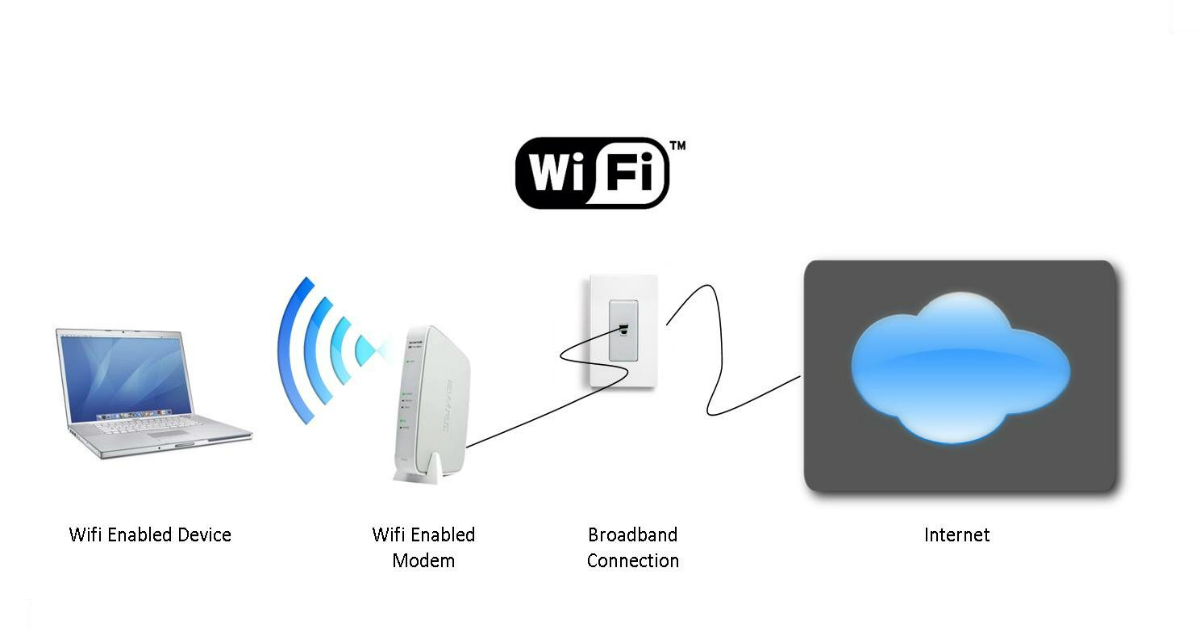After years of anticipation, WhatsApp has officially launched a dedicated app for the iPad, finally giving users a seamless and optimized messaging experience on Apple’s popular tablet. Previously, iPad users had to rely on the web version, which lacked many features and was not designed for the larger screen. Now, with the arrival of WhatsApp for iPad, users can enjoy all the core messaging and calling features in a native, iPadOS-optimized environment.
How to Get Started with WhatsApp on iPad
Setting up WhatsApp on your iPad is straightforward. Simply download the app from the App Store, open it, and scan the displayed QR code using your smartphone’s WhatsApp app to link your account. This process mirrors the setup for WhatsApp Web and Desktop, ensuring your chats, calls, and media stay in sync across devices. The iPad app supports all key features, including individual and group chats, Communities, Channels, and both audio and video calls for up to 32 participants.
Enhanced Features and Multitasking
WhatsApp for iPad is designed to take full advantage of the tablet’s capabilities. It features a two-column layout, with recent chats on the left and active conversations on the right, making multitasking easier and more intuitive. The app supports iPadOS multitasking features such as Split View, Slide Over, and Stage Manager (on compatible models), allowing users to keep WhatsApp open while using other apps. Additionally, it works seamlessly with accessories like the Magic Keyboard and Apple Pencil, boosting productivity and creativity.
Privacy and Security
All messages, calls, and media remain protected with WhatsApp’s industry-leading end-to-end encryption, ensuring privacy and security across all linked devices. The iPad app also includes privacy features like chat lock, giving users peace of mind even if they share their device with others.
Conclusion
The launch of WhatsApp on iPad marks a significant milestone for Meta and its users. With a native, feature-rich app designed for the iPad’s larger screen and advanced multitasking capabilities, WhatsApp is now more accessible and convenient than ever for iPad owners worldwide. This move also signals Meta’s commitment to expanding its ecosystem, with rumors suggesting Instagram may be next in line for a dedicated iPad app. For now, WhatsApp on iPad stands as a welcome upgrade, enhancing how millions stay connected.


J88
November 5, 2025 at 9:04 pm
Đến với J88, bạn sẽ được trải nghiệm dịch vụ cá cược chuyên nghiệp cùng hàng ngàn sự kiện khuyến mãi độc quyền.
站群程序
November 7, 2025 at 2:10 pm
采用高效谷歌站群策略,快速提升网站在搜索引擎中的可见性与权重。谷歌站群
谷歌站群
November 9, 2025 at 7:33 pm
专业构建与管理谷歌站群网络,助力品牌实现全域流量的强势增长。谷歌站群
GO88
November 10, 2025 at 3:08 am
Tham gia cộng đồng game thủ tại Go88 để trải nghiệm các trò chơi bài, poker phổ biến nhất hiện nay.
ios超级签
November 11, 2025 at 11:47 pm
苹果签名,苹果超级签平台,ios超级签平台ios超级签苹果企业签,苹果超级签,稳定超级签名
MM88
November 13, 2025 at 8:24 pm
Khám phá thế giới giải trí trực tuyến đỉnh cao tại MM88, nơi mang đến những trải nghiệm cá cược thể thao và casino sống động.
Kuwin
November 15, 2025 at 1:22 am
kuwin sở hữu kho game đa dạng từ slot đến trò chơi bài đổi thưởng, mang đến cho bạn những giây phút giải trí tuyệt vời.
iwin
November 20, 2025 at 8:56 pm
iwin – nền tảng game bài đổi thưởng uy tín, nơi bạn có thể thử vận may và tận hưởng nhiều tựa game hấp